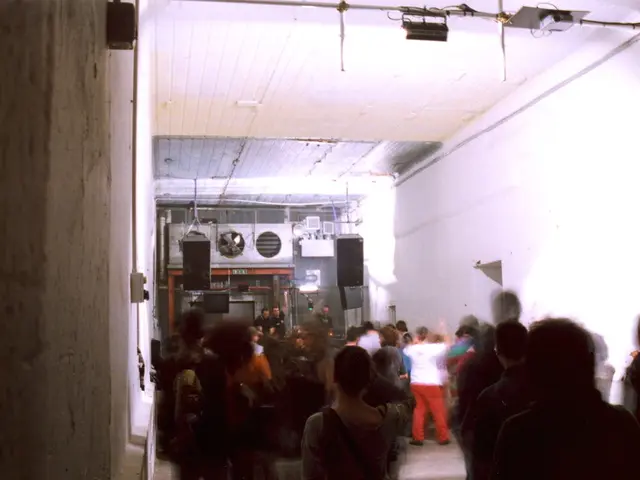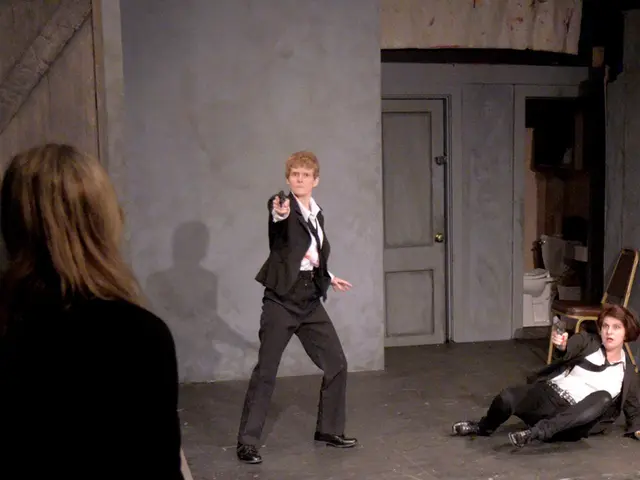The enigmatic gaze of Generation Z: Unraveling the enigma of the "Gen Z Star"
The Gen Z Stare, a phenomenon that has recently caught the attention of the public, is a blank, expressionless stare displayed by members of Generation Z during social interactions. This stare, often perceived as awkwardness, disinterest, or social discomfort by older generations, has sparked discussions on social media and even been featured in the New York Times.
From a psychological perspective, the Gen Z Stare can be attributed to various factors. The prefrontal cortex, crucial for regulation, decision-making, and social behavior, continues developing until around age 23–25. Many older Gen Zers are still in this process, which could explain the vacant look. Furthermore, continuous screen time and digital socialization can lead to cognitive overload and emotional exhaustion, resulting in blank, defensive expressions. The pandemic, with its social isolation and impact on formative stages, has also played a role in shaping social communication skills and emotional regulation.
From a sociological viewpoint, the stare signals a reaction to mundane, awkward, or performative social situations that Gen Z finds socially exhausting or meaningless. It also represents a quiet defiance or disengagement with traditional social expectations and norms, amplified by growing up in a highly digital, high-pressure society. The stare can be seen as a broader reflection of societal changes in communication styles shaped by social media and cultural shifts rather than an inherent generational "flaw."
However, it's essential to approach the Gen Z Stare with caution. Rüdiger Maas, a generations researcher, sees a hasty classification as a generational phenomenon critically. Media ethicist Claudia Paganini is also cautious about the existence of the Gen Z Stare, as there are no corresponding data. Instead, it is better understood as part of a larger societal shift influenced by digital communication habits, trauma from global events, and evolving brain development timelines.
In conclusion, the Gen Z Stare is a multifaceted psychological and sociological phenomenon linked to developmental, social, and cultural factors during a period of rapid societal change, digital immersion, and pandemic-related disruptions. It is not a fixed trait of all Gen Z individuals but a broader reflection of contemporary social dynamics affecting youth behavior across society.
Read also:
- Chinese Ambassador issues stern message to India regarding Trump's tariffs in midst of escalating trade feuds
- "Nationwide Initiative: 'Unity Amongst Others'"
- Highlighting the Significance of Off-the-beat Experiences
- City endorses installation of "rainbow steps on the boardwalk" - a universal emblem of diversity and harmony.








